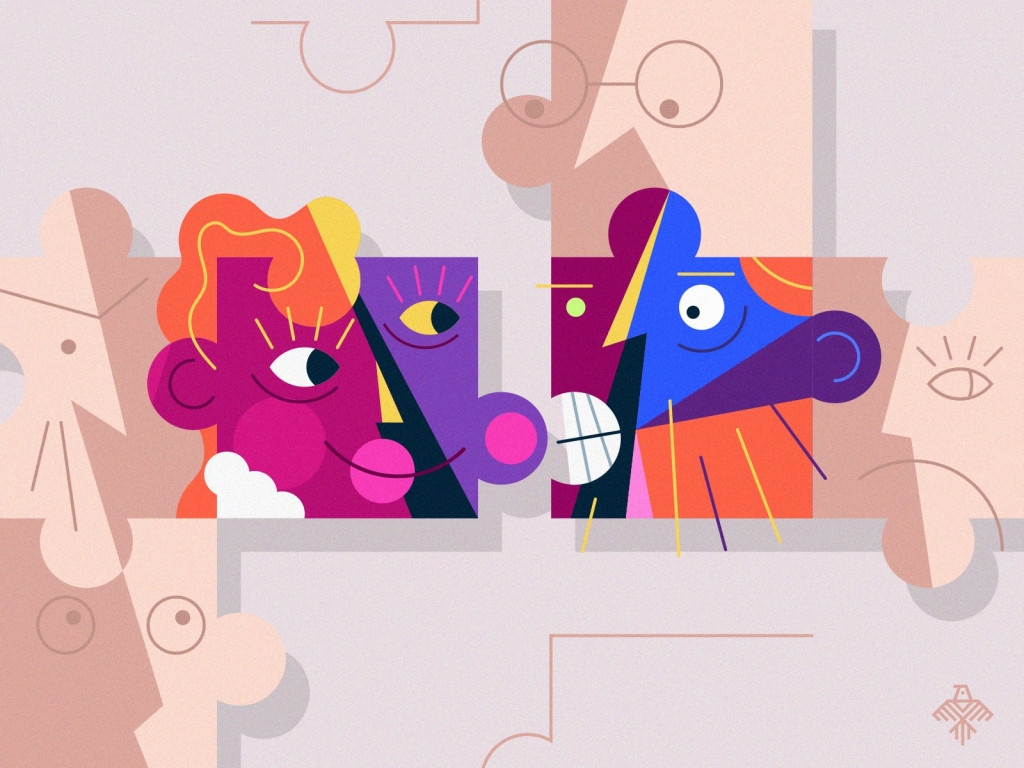Design debt is a phenomenon that inevitably arises over time. It is the sum of overdue design and usability challenges derived from quick business decisions, design shortcuts, missed opportunities, time constraints, and other factors.
Imagine you’ve created a new digital project. Your team is moving fast, adding new features and adjusting the old ones to resonate with the users’ needs. Soon, you discover that the initial design gets “overpopulated” by buttons, icons, and illustrations and needs to be redone. It doesn’t mean that the designers you hired did a lousy job. Design must evolve with the project and offer a newer, best-fitted solution as the project grows in size and complexity.
This is what designers call “design debt.” How to recognize it? And how to fix it? We decided to explain critical aspects of design debt and its cycle.
The Definition Of Design Debt
In the development process, your product inevitably accumulates technical and design debt. This is partly due to the challenges you face when scaling your team and products. In addition, design debt arises when you learn something, earn experience with time and mistakes, and respond to changing industry demands.
Design debt is when new individual design elements are added to a website or an app without considering the whole picture and final user experience. As a result, you get new features at the expense of clear design patterns and usability.
Design debt is inevitable. It’s a natural decay over time. Software products accumulate debt as a consequence of product evolution and market entropy. Our web developers have been discussing technical debt for years, trying to formalize maintenance and refactoring strategies for their codebases. Why should the design be different? What can we learn from them to make design practice more effective?
Before we proceed, let’s explain the sibling-term of design debt, as it is provided by ProductPlan:
Technical debt… describes what results when development teams take actions to expedite the delivery of a piece of functionality or a project which later needs to be refactored.
Why Does Design Debt Appear?
Martin Fowler, one of the most prominent software philosophers of our time, has written a classification of different reasons why technical debt appears. If we adapt it to design debt, we’ll get something like this:
Intelligent and deliberate design debt. According to Fowler, sensible willful debt provides a business with quick profits. The team makes a conscious decision to launch the product as early as possible if it believes that the benefits of this decision will significantly outweigh the costs associated with eliminating design debt at a later stage. It is easy to recognize in this approach the concept of a minimum viable product (MVP) when the team compromises on long-term issues to release the product faster. At the same time, developers outline milestones in advance for improvements during subsequent iterations.
Reckless and premeditated design debt. Reckless and deliberate design debt is very common. In this case, the team works “quick and dirty,” deliberately ignoring conventional design approaches. Hackathons, innovation sprints, community development – these practices often give rise to a product with many minor flaws. Fowler warns that this ends with crushing “interest payments” or very long “principal” payments. This approach forces the team to increase the design debt and does not allow determining the actual value of the chosen solution.
Reckless and unintentional design debt arises from incompetence and lack of experience. The team “gets into debt” without realizing this and not realizing the consequences. This type of design debt is often faced by companies in a fast-growing stage. Even with the best intentions, they are not always able to control the work of their teams. It shouldn’t be, but the more significant the company, the greater the risk that this is precisely what will happen.
You might think that there is no such thing as intelligent and unintentional design debt, but Fowler believes that “it is inevitable for teams whose members are great designers.” This is debt that accumulates as the product exists and also as a result of changing market demands. The teams did a good job, but looking back, “they realize how the design should have been.” Unfortunately, this is one of the most challenging types of design debt to pay off. Its elimination may require redesigning a significant part of the previously found solutions.
What Does Design Debt Consist Of?

Illustration by Karina Holsart
A non-exhaustive list of design debt examples includes:
Lack of user research. In 2022, business competition is increasing and has gone far beyond the battle of marketers. Two of the main “trump cards” in the market are UX research and customer research. What happens between the moment when a client sees an advertising banner in a subway car and a letter of gratitude for the purchase of your product? What makes their minds choose your product? The longer you can’t answer these questions, the higher the probability of failing.
A design system is out of date. When the design system isn’t regularly updated to meet the needs of the latest version of the product, the user experience is inconsistent at best and completely broken at worst. It’s difficult or impossible for designers and developers to use the design system to build the product, and the product and company brand also suffer.
Product accessibility has been neglected. What’s accessibility when we’re talking about digital products? What we mean is human-oriented design. Also known as HCD, human-centered design and engineering are based on a philosophy that empowers an individual or team to design products, services, systems, and experiences that address the core needs of those who experience a problem.
Taking a micro view of workflows. Focusing on one individual feature at a time can result in similar setbacks mentioned above regarding design systems. By not taking a step back to look at the entire product workflow, you’ll find an inconsistent experience that isn’t optimized for conversion and engagement. The result is people are unsatisfied and leave.
Lack of user testing. Is it possible those newly-shipped features haven’t been tested with users? This is another typical design concession that can lead to a bad user experience. This leads to lower adoption and engagement, with higher bounce rates and customer churn.
Something like this happened to our client, CG Master Academy, a provider of digital art education for the games, movie, and animation industries. This e-learning web platform’s ready-made CMS lacked prerequisites for further development and engagement from its audience. To fix their technical and design debt, we launched a full-cycle campaign. We documented the results in our CGMA case study.
What To Do With Design Debt?
- Prevent the accumulation of debt that is both reckless and deliberate. Otherwise, it will interfere with “paying off” your reasonable debt.
- Regularly pay off intentional prudent debt. Innovative companies using Agile methodologies tend to sacrifice quality UX to pursue business profits. However, the more debt you accumulate in this area over time, the more your customer satisfaction will suffer.
- Because design debt is unavoidable, make sure your outstanding debts are only unintentional reasonable debts. This is good debt. It arises as a result of adapting to the natural entropy of your products and market.
- Make design debt transparent. Let the size of your design debt be known to you. Review your product’s user experience regularly to see how it accumulates debt. Use end-to-end testing, mystery shopping, and other types of research. Invite the entire product team and stakeholders to test. The product team must know the size and characteristics of design debt before investing in its repayment.
- Use metrics to track design debt. There are many ways to track design debt. At a minimum, count the number of UX issues in your products, and review this number regularly with the entire product team.
- Turn to professionals. Good design debt is a challenge, but bad design debt is a real problem.
We hope this article helps you better understand why your products are accumulating design debt, what it means, and how you can eliminate it. We all want to produce high-quality products, launch them quickly and often, and learn from practice how successful our developments are. Striking the right balance between rapid progress and quality assurance is a challenging task. Contact us if you have any questions left.
